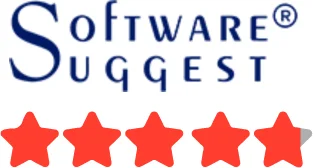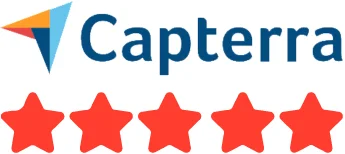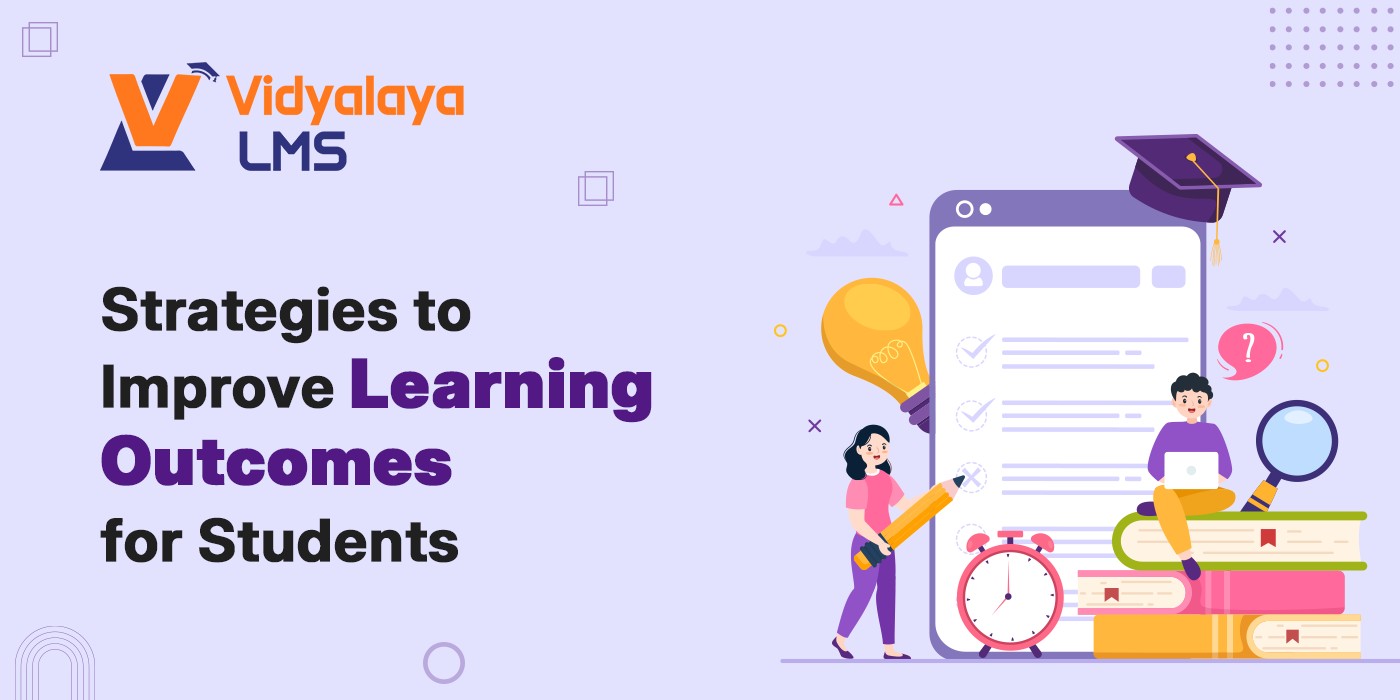Learning better isn’t about having more tests or longer classes. It’s about connecting with the material and each other — keeping things clear, staying consistent, and throwing in some creativity to keep it interesting.
As someone who’s spent time around classrooms and teachers (and even more time listening to students), I can say this — what improves student learning outcomes often isn’t written in policy documents. It happens in everyday moments, in how we teach, how we engage, and how we evaluate what’s working.
Let’s talk through this — not as a checklist, but as real strategies that schools, teachers, and even parents can use to improve learning outcomes in education.
1. Stop Teaching and Start Guiding:
You know what I mean. The old “chalk and talk” model? It’s still out there. But increasingly, we see that when students do the learning, instead of just hearing it, they retain more.
- Let students ask questions.
- Turn lessons into problems to solve.
- Let them teach each other.
That’s not just active learning; it’s ownership. And when students feel ownership? Learning outcomes naturally improve.
2. What students know beats what’s covered.
Finishing the syllabus doesn’t guarantee students really understand the material. Outcome-based education changes how we think about that. Outcome-based education completely changes how we look at it. Instead of asking, “What did I teach today?”, we ask:
“What should my students be able to do by the end of this week?”
Simple shift. Massive impact.
When we plan backwards — starting from the desired outcome and building lessons to reach it — we teach with purpose. And students learn with direction.
3. Feedback Isn’t a Grade. It’s a Conversation.
Ever hand back a test and the student looks only at the score? Yeah, we’ve all seen it.
But learning outcomes evaluation should be deeper than that. Think: short, honest conversations. Written reflections. Peer reviews. Audio notes. Anything that helps students understand how they’re progressing.
It’s not about judgment. It’s about growth.
4. One Size Doesn’t Fit All — And That’s Okay
Some kids love writing. Others think better out loud. Some grasp math fast; others need to see it ten times.
A good classroom makes space for all of that.
- Use visuals, audio, and movement.
- Let students choose how they show what they’ve learned.
- Mix group work with solo time.
When you personalize learning, students feel seen. And when they feel seen, they succeed.
5. Make Learning Visible:
I once visited a Vidyalaya where students kept “learning walls” — posters showing what they’d learned that week. Another had goal charts where students tracked their progress on personal learning targets.
These aren’t fancy ideas. But they work.
When students can literally see how far they’ve come, they’re more likely to push further.
This is the human side of learning outcomes evaluation — it doesn’t have to be data-heavy to be meaningful.
A Simple Example: Learning Outcome Tracking Table
Here’s a basic way a teacher or school can track and reflect on progress — nothing too technical:
Subject |
Outcome (What students should achieve) |
% of Students Achieved |
Next Step |
|
English |
Write a well-structured paragraph |
60% |
Reinforce transitions, give examples |
|
Science |
Explain the water cycle with a diagram |
75% |
Peer quiz + review session |
|
Math |
Solve word problems (2 steps) |
50% |
Small group support next week |
This kind of tracking, especially when shared with students, makes learning transparent. It’s real outcome-based education in action.
6. Involve Parents (Without Overwhelming Them):
We sometimes underestimate parents’ role in supporting student learning outcomes — especially in rural or community-based Vidyalayas. The key is not giving them more to do — it’s helping them understand what their child is learning.
Simple strategies:
- Send home the learning goals in plain language.
- Share 2 questions they can ask their child each week.
- Create a WhatsApp group with updates and encouragement.
When parents get involved, students stay more motivated.
7. Reflect, Tweak, Repeat:
No strategy is one-size-fits-all. Some weeks will be better than others. That’s okay.
What matters is that we reflect — as teachers, as schools — and tweak as we go.
At the end of the month, ask:
- What learning goals were achieved?
- Where did students struggle?
- What could I try differently next time?
That’s the spirit of learning outcomes evaluation. Not perfection. Just progress.
Summary:
Improving student learning outcomes isn’t about reinventing the wheel — it’s about using smart strategies, staying reflective, and meeting learners where they are. But strategies alone aren’t always enough. To implement them effectively and at scale, schools and educators need the right digital support.
That’s where Vidyalaya LMS comes in.
Our Learning Management System is designed to help institutions:
- Track learning outcomes with customizable assessments and reporting tools.
- Support diverse learning styles through multimedia content delivery.
- Foster collaboration between teachers, students, and parents.
- Automate feedback and progress tracking, so teachers spend less time managing data and more time guiding students.
Whether you’re a school administrator looking to align teaching with outcomes or a teacher seeking better tools to engage learners, Vidyalaya LMS empowers you to teach smarter, not harder.
Ready to improve learning outcomes with technology that works for you?
Contact us today or book a free demo to see how Vidyalaya LMS can transform the way your school teaches and learns.



























